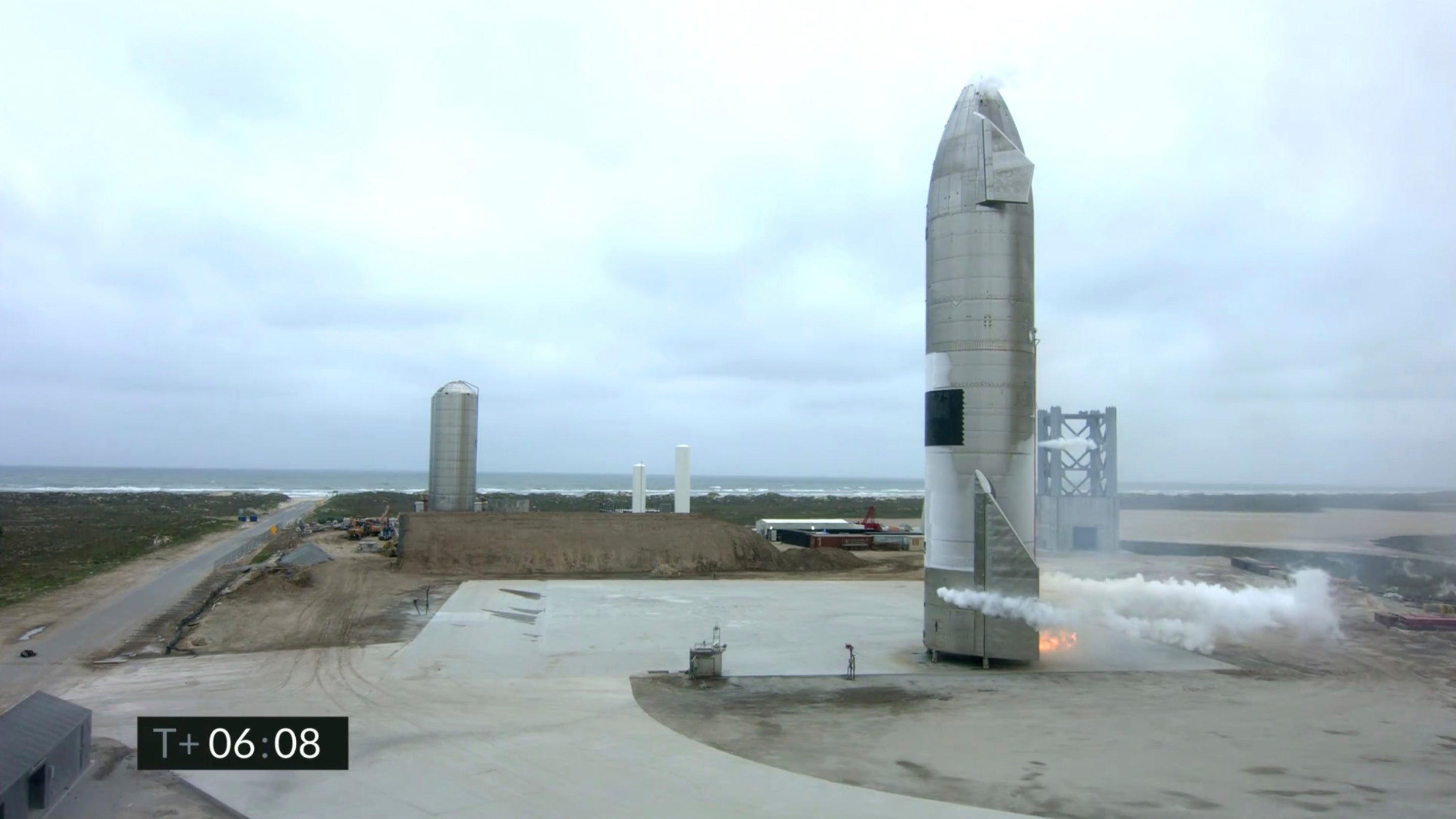Elon Musk’s SpaceX reveals Starship’s first orbital test flight with SuperHeavy booster
The flight will be used to test experiences that cannot be recreated with a computer

SpaceX has revealed the plans for the Starship rocket booster’s first orbital test flight.
The mission, which was revealed in a filing to the Federal Communication Commission, will have the craft launch from Texas and land off the coast of a Hawai’ian island.
The flight would be the first time both SpaceX’s rocket parts would be used together, and which could eventually take humans to Mars.
The booster stage, the 70-meter tall Super Heavy, will separate 170 seconds into the flight, performing a partial return and landing in the Gulf of Mexico, while the Orbital Starship will continue flying between the Florida Straits until a powered descent off the coast of Kauai.
SpaceX says the objective of the flight is to “collect as much data as possible” so that it can better understand what the craft experiences in unpredictable flight conditions that cannot be replicated – using the information gathered to build better models for internal simulations.
The flight would last just over 90 minutes, and although the document does not mention a specific date for the flight CEO Elon Musk has said that the company’s goal is to launch the orbital mission by July.
SpaceX has claimed that the Starship and Super Heavy systems will feature “private cabins, large common areas, centralised storage, solar storm shelters and a viewing gallery”.
Before its current rocket, the SN15, all of SpaceX’s Starship tests have resulted in one of the rockets exploding. It was only last week that the company successfully launched and landed the rocket.
Starship is currently humanity’s best chance of reaching Mars, as no other private company or government space agency has yet made a program to send humans any further than the Moon.
SpaceX is hoping to achieve crewed missions to Mars before the end of the decade – but is also launching a satellite called Doge-1 that Elon Musk has called the “first meme in space”.
Join our commenting forum
Join thought-provoking conversations, follow other Independent readers and see their replies
Comments